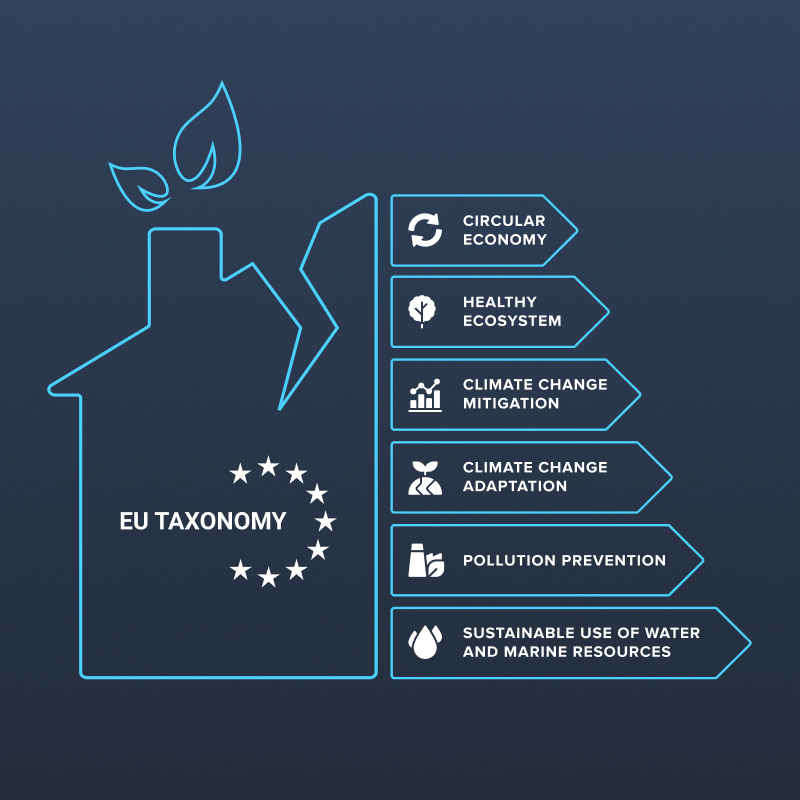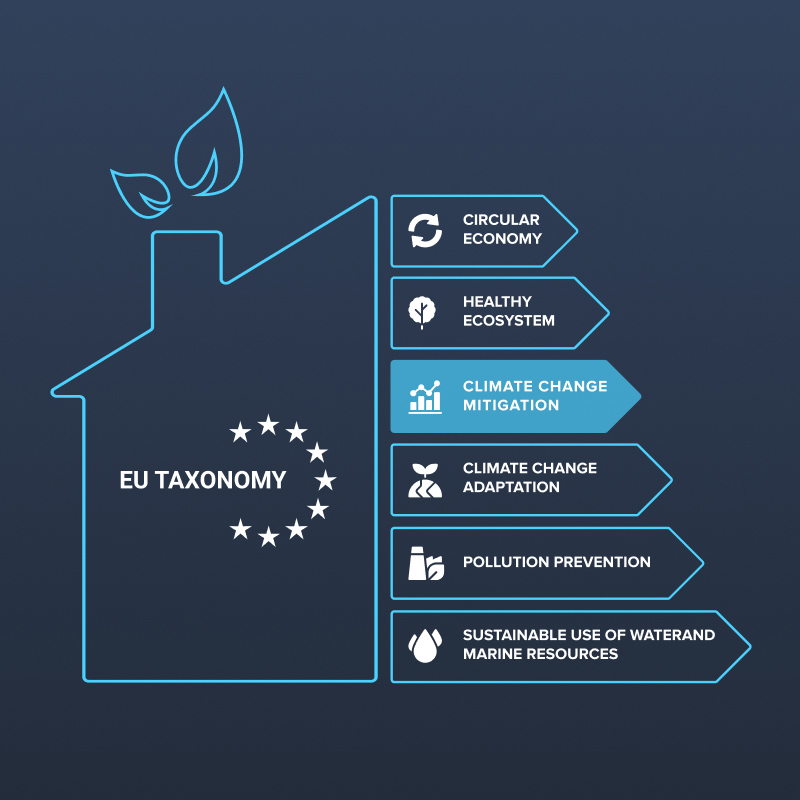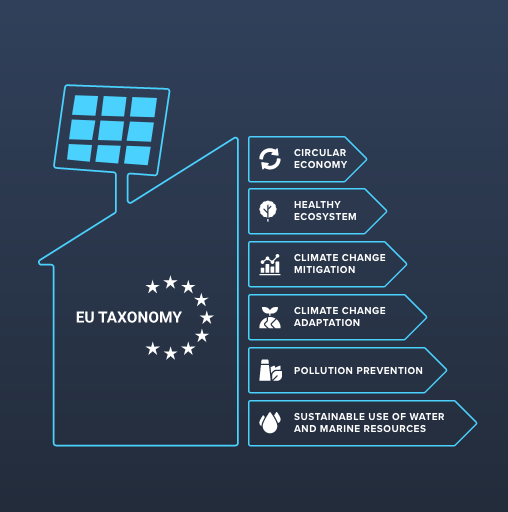Nearly Zero Energy Buildings (NZEBs) are a type of building that uses very little energy for heating, cooling, and lighting. NZEBs are designed to use less energy than traditional buildings by using a variety of energy efficiency measures. In the European Union, NZEBs are defined as buildings that use no more than nearly zero primary energy for heating, cooling, ventilation, hot water, and lighting.
NZEBs are a major part of the European Union’s goal to reduce greenhouse gas emissions from buildings by 80-95% by 2050. In order to meet this goal, all new buildings in the EU must be NZEBs by 2021. NZEBs are also becoming increasingly popular in the United States as people become more aware of the benefits of energy efficient buildings.
The Benefits of NZEBs
There are many benefits to designing and constructing NZEBs. The most obvious benefit is that they use less energy than traditional buildings, which saves money on utility bills and helps to reduce greenhouse gas emissions. In addition to being more energy efficient, NZEBs are also usually more comfortable than traditional buildings because they have better indoor air quality and acoustics. They also tend to have better daylighting, which can improve employee productivity and mood.
Another benefit of NZEBs is that they often have lower operating costs than traditional buildings since they require less maintenance and repairs. Additionally, their higher initial investment cost is often offset by their lower long-term operating costs. Finally, NZEBs often increase the value of a property and can attract tenants who are looking for sustainable buildings.
NZEB construction is becoming more popular as the world looks for ways to reduce its carbon footprint. However, recent studies have shown that NZEB construction may not be as effective at reducing carbon emissions as initially thought. In fact, NZEB construction may result in a higher risk of “stranding” assets due to future carbon regulations.
The standards for nearly zero energy buildings don’t help preventing a CO2 stranding even by newly built buildings. This threat is a problem for real estate investors, developers and even banks, since the CO2 stranding puts the investments at risk of losing market value.
What is a CO2 Stranding?
A CO2 stranding is when the carbon dioxide emissions from a building are greater than the amount that can be offset by the building’s energy efficiency. This can happen when a building is not designed or operated properly, or when it uses outdated technology. When this happens, the building is said to be “stranded” and its value decreases.
As newly built structures are designed to last for generations, it is essential that their carbon footprints are as minimized as possible. Unfortunately, the process of construction often emits large amounts of carbon dioxide (CO2) into the atmosphere, contributing to the greenhouse effect and global warming. To combat this, newly constructed buildings must adhere to guidelines set by the International Energy Agency (IEA), which stipulate that newly built buildings must not exceed a net CO2 emission rate of 8-10 kilograms per square meter of floor area over the entire life cycle of the building. In order to achieve this, builders must take care to strand as much CO2 as possible during the construction process. This can be done through a variety of methods, such as using locally sourced materials, maximizing recycling, and using green energy sources. By following these guidelines, newly constructed buildings can help to reduce their carbon footprint and do their part in combatting climate change.





